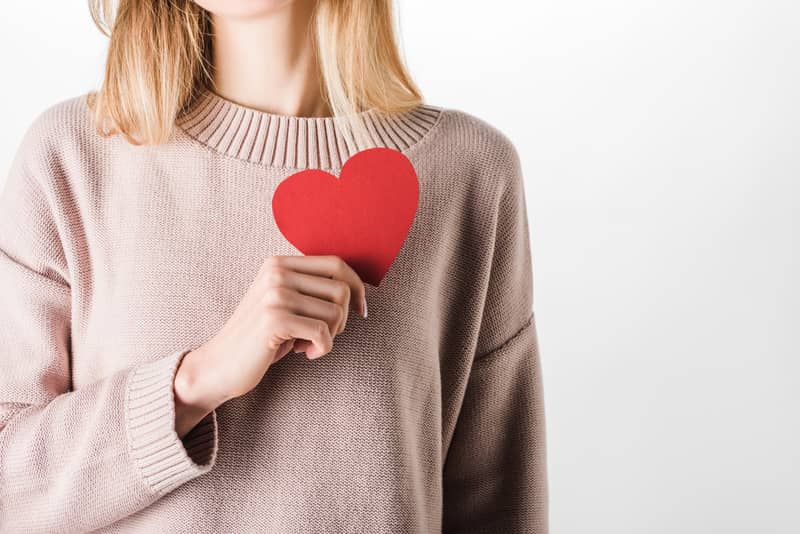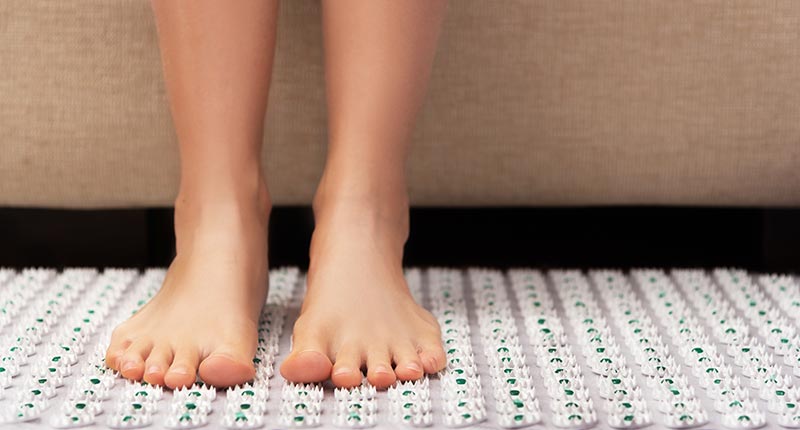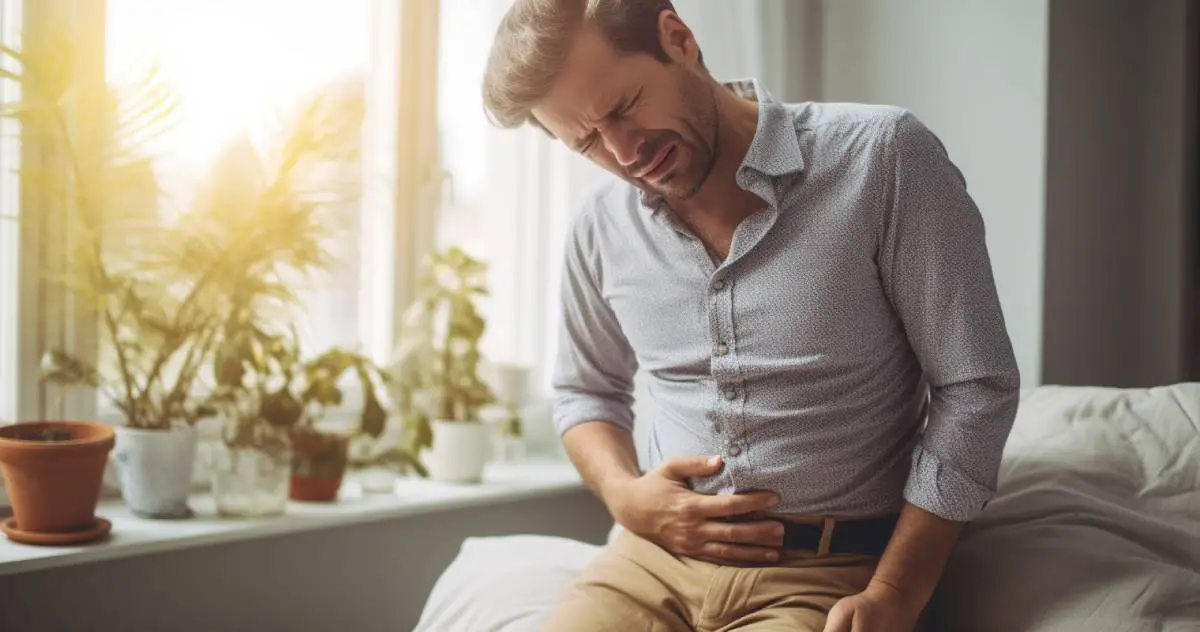The heart is a muscular organ that pumps blood throughout the circulatory system, delivering a continual supply of oxygen and nutrients to the body while carrying carbon dioxide and metabolic waste to the lungs.
Cardiovascular diseases (i.e., those relating to the heart) are the number one cause of death globally, accounting for almost one-third of deaths. Symptoms such as chest pain or shortness of breath may indicate a problem with the heart, but often people suffering from cardiovascular diseases do not show any symptoms at all—until it is too late.
How Can Acupressure Help Prevent Cardiovascular Disease?
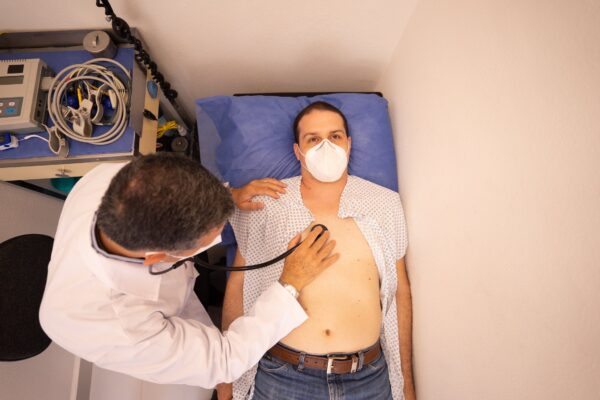
When the heart isn’t functioning as it should, there may be an insufficient supply of oxygen and other nutrients to the essential organs. One of the easiest and most effective ways to reduce your risk of cardiovascular disease is by pressing and stimulating the relevant acupressure points. In this way, you can reduce the burden on your heart, lower your heart rate, and improve blood flow throughout the body.
Clinical studies have shown the effectiveness of acupressure on heart rate, blood pressure, and respiratory rate, especially in people suffering from heart failure (a condition where the heart has been weakened to the point where it can no longer pump blood fast enough around the body). With that in mind, let’s look at the most important acupressure points for heart health.
Where Is The Pressure Point For The Heart?
Not just one but three acupressure points are commonly associated with heart health. Stimulating these heart pressure points as part of your acupressure self-care routine will improve your blood flow, lower your heart rate, and help maintain a healthy heart.
Acupoint: SP-1 (Other Names: Spleen-1/Yin Bai/Hidden White)
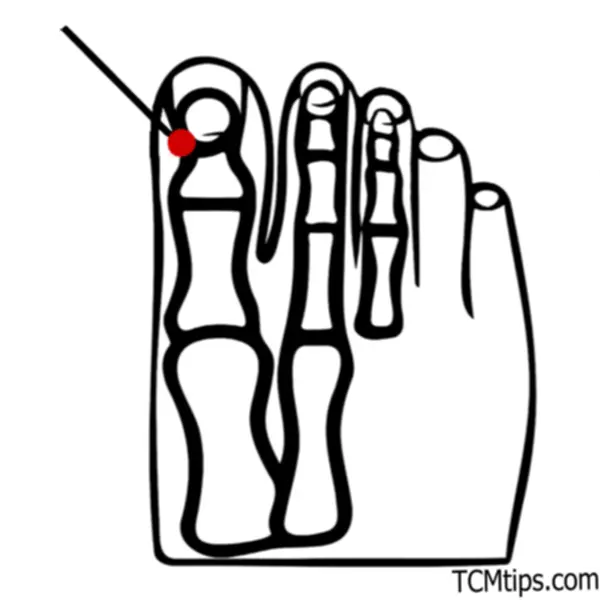
The Spleen-1 or SP-1 acupoint is located on the medial side of the big toe, around 0.1 cun behind the corner of the nail (a cun is a traditional Chinese measurement roughly equivalent to the width of your thumb at the knuckle joint). In Traditional Chinese Medicine (TCM), the spleen meridian starts here, traveling from the tip of the great toe along the medial side of the foot, then continuing along the inner side of the leg and thigh to the lower abdomen. There, it connects with the spleen before continuing upwards to connect with the heart meridian.

Stimulating the SP-1 acupoint can improve the elasticity of the blood vessels and improve blood flow, delivering oxygen and nutrients more effectively throughout the body. As you stimulate this pressure point, you help to regulate the spleen and the blood, and calm the heart.
Apply firm pressure to the acupoint on both the left and right feet using the thumbs, fingers, or knuckles. Do this slowly ten times for one cycle, and complete two cycles each day. It’s best to do this between meals, as the effects will be more pronounced on an empty stomach.
Acupoint: KD-7 (Other Names: Kidney-7/Fu Liu/Returning Current)

To locate the Kidney-7 or KD-7 acupressure point, you’ll first need to find the KD-3 acupoint. This can be found halfway between the outer bump of your ankle and the posterior edge of your Achilles tendon. Once you’ve located the KD-3 acupressure point, trace two cun (or two times the width of your thumb knuckle) straight up to find KD-7.
Despite being located close to the ankle, this acupoint is related to healthy kidney function. In TCM, the kidney meridian runs from the base of the feet up along the ankles, legs, groin, and abdomen before terminating in the upper back. Stimulating the KD-7 acupoint helps to lower blood pressure and improve water metabolism. In addition, KD-7 is regarded as one of the most impactful acupressure points for varicose veins.
Press the acupressure point with three fingers slowly ten times, on both the left and right calves. It’s also possible to apply pressure by pinching with your index finger on the KD-7 acupoint and your thumb across from it on the inner portion of the leg. Apply gentle pressure with both fingers and, if comfortable, use a gentle circular massaging motion.
The KD-7 acupoint is also used in acupressure for insomnia, and applied pressure at this point before you go to bed will help calm your heart rate and improve the quality of your sleep. Sleep is so essential and yet so often neglected, and enhancing your quality of sleep can have a profound effect on your quality of life.
Acupoint: PC-6 (Other Names: Pericardium-6/Nei Guan/Inner Pass)
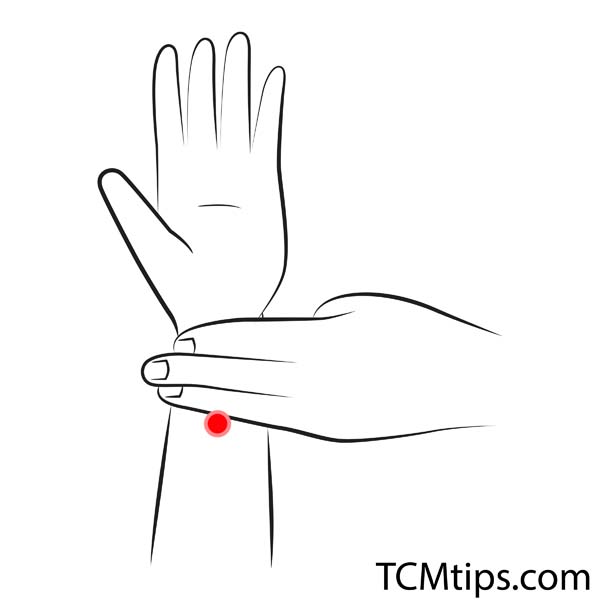
The Pericardium-6 or inner gate acupuncture point is located on the anterior forearm, around two cun above the wrist crease, between the palmaris longus and flexor carpi radialis tendons. To find it, measure three fingers from the wrist crease to where the line crosses between the two tendons.
Stimulation of the PC-6 acupressure point has been shown to be as effective as antiemetic drugs in relieving nausea, without the adverse side effects associated with such drugs. You may have used a ‘sea-band’ to combat motion sickness—this works by employing magnets to activate the inner gate and is essentially a kind of acupressure device.
The PC-6 acupoint is also a primary point for regulation of the heart and application of pressure here can improve the flexibility of the diaphragm, prevent shallow breathing, and reduce the risk of arrhythmia. This is a useful acupoint for opening the chest, relieving symptoms such as tightness and palpitations.
The inner gate is also a vital acupoint in acupressure for stress relief. The effect of the application of acupressure on anxiety, calming the mind, and providing a general improvement in mental health and quality of life, is well-understood.
To stimulate the inner gate, press the acupoint on the left and right hands with the palm facing upward. Apply gentle pressure for ten seconds once a day.
 P. Sze
P. Sze 